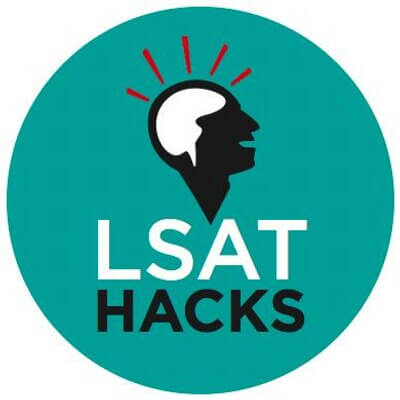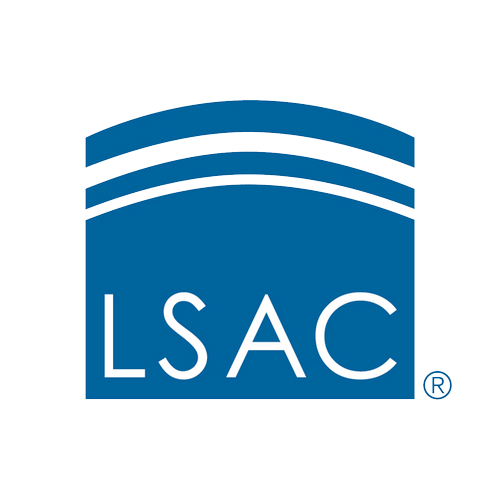Dreaming of the perfect opening statement or banging that gavel? That also means making room for the LSATs. The Law School Admission Test is a daunting exam that tests students on skills vital to a career in law. And yes it sounds (and will feel) overwhelming, but don’t worry too much. With the intense preparation and commitment, you’ll find yourself good to go, en route to making a courtroom your new home.
Think you can handle the LSAT?
LSAT Breakdown
Prepare to sit down for over four hours and take five 35-minute multiple choice sections plus a 35-minute writing section Wondering what those sections are all about?
- Reading comprehension- The reading section tests comprehension of complex law texts. In 27 questions, you’ll cover four passages (one short and three long).
- Analytical reasoning- This section will present you with 25 questions, testing on the concepts of rules, decisions and outcomes. You’ll also need a thorough understanding of the relationship between concepts and make conclusions just from a set of guidelines.
- Logical reasoning- The two logical reasoning sections each have about 25 questions. For this part of the exam, you need to understand how to apply logic to a variety of abstract concepts. It’s considered one of the most challenging sections.
- Writing Section- At the end of the test, you’ll find a 35-minute writing sample that isn’t graded, just sent as a sample to any and all law schools you apply to—so be sure you spin your words out of gold.
How do I start to prepare?
Practice, practice, practice. As with almost anything, you need to practice and study in order to succeed. Practice tests will become your new BFF when preparing for the LSAT, as well as the numerous resources the Law School Admission Council (LSAC) has online. The LSACs website provides students with a comprehensive list of the best practice tests to take and the best books to invest in, as well as a place to buy them.
Kaplan LSAT Premier 2016-2017 with Real Practice Questions: Book + Online (Kaplan Test Prep)
How is my score calculated?
Your score on the exam is calculated by the amount of questions you got right. Scores range from 120 (the lowest) to 180, the highest possible score.
What is considered a good score?
If you score a 172, for example, that means you would be in the 99 percentile of all test takers—an amazing job. Yet, because of the difficulty of the exam, only one percent of people taking the LSAT get a score that high. A score of around 160 or above, however, still gives you a chance with some of the best law schools in the country.
When is the best time to take the LSATs?
If you take the exam the same cycle you apply for law school, you’ll need to take the exam by at least December to get your results in time. You might want to give yourself more time than that, though, in case of any mishaps. Consider taking the LSAT as early as June, September or the October. That way, if your results suck, you can still retake the exam before applying to schools.
How do I sign up for the LSAT?
You’ll need to create a profile on LSAC. Opening your LSAC profile will open you to a whole new world of resources (and expenses), like prep course materials. When it’s time to actually apply to law school, you’ll use this same profile. In other words, remember that login info like your career depends on it.
When should I sign up for the LSAT?
Who needs extra expenses when you’re looking at law school loans? Avoid paying a late registration fee by registering at least six to eight weeks in advance of the test date. The deadline to register is normally four to five weeks before the day of the exam.
How many times can I take the LSAT?
The general rule from the LSAC is that you may not take the LSAT more than three times in a two-year period. Unfortunately, even if you cancel your score, this rule still applies. Better start hitting those books!
How much does it cost to take the LSAT?
Like all things college, the LSAT doesn’t come cheap. It costs $175 to take the exam and receive one free score report. For most law schools, it is also required that you buy a subscription to the Law School Data Assembly Service (LSDAS) which costs $121. But hey, at least it comes with another free score report. All the more reason you’ll want to ace it on your first try—to avoid spending all of your precious pizza money.
What do I need to bring to the LSAT?
The LSAC allows test takers to bring any personal materials (wallet, keys, hygiene products), as well as #2 or HB pencils, erasers and highlighters. You can also bring something to drink in a plastic container and a snack to eat during a break. In other words, don’t try to sneak your mermaid blanket in to make a comfortable environment. You’re prepping for the courtroom, for goodness sake.
How long are your LSAT results good for?
Nothing lasts forever, not even your LSAT scores. The LSAC keeps your scores in their records five years after taking the test. If you take multiple tests, your scores are recorded as an average as well as individually.
Top 3 LSAT Mistakes
1. Underestimating the test
Don’t take this exam lightly; start preparing for the exam four to five months in advance. Even if you’re a good test taker, the exam is designed to be extremely difficult. Take your time to prepare, double check your work and use common sense. You can’t walk in thinking you’ll breeze through easily to that 180.
2. Not taking time to thoroughly read questions
Ever since elementary school, teachers have reminded you to make sure you read the entire problem before answering a question. Yes, that sounds obvious, but you’ll need to remember this rule when approaching the LSAT. With all your preparation, you will hopefully be able to answer the LSAT’s toughest questions with your eyes closed. Don’t let a quick, misread word or sentence throw you off course.
3. Setting an unrealistic study schedule
Obviously you want to do well, but committing eight hours a day is probably unrealistic. Netflix and Chipotle equal baes, not practice tests and flashcards, no matter how hard you try. When setting out to study, make sure to take into account your work, school, family and extracurricular commitments. If your schedule looks insane already, consider prepping even earlier than recommended to spread your studies out further and stay on top of your game.
Top 3 LSAT Twitter Handles
1. LSAT Max – @lsatmax

Make your Twitter time productive. LSAT Max tweets let you practice daily drills while scrolling through your newsfeed. Look out for cool hashtags they use like #thisweekinlaw, where they update you with current events like history-making law suits. And of course, they also tweet the answers to all those practice questions.
2. LSAT Hacks – @lsathacks

As #brokecollegestudents, we wish we could spend more on prep materials for the LSAT. This twitter account tweets free explanations for tricky questions. The best part is that it’s all free! The account also keeps tabs on when the LSAC releases results so you can look up your scores the second they’re available.
3. LSAC (The LSAT) – @Official_LSAT

This account is run by the Law School Admission Council. Consider it a sure fire way to stay on top of deadlines, test locations and innovative ways to practice for the big day. You’ll also stay updated on what the LSAC is up to, from new practice tests on their website to hosting forums at different universities.
Still stressed about the LSAT? Check out these articles.
The 10 Best Law Schools in America
Top 10 Ways to Crush Your Law School Application






















